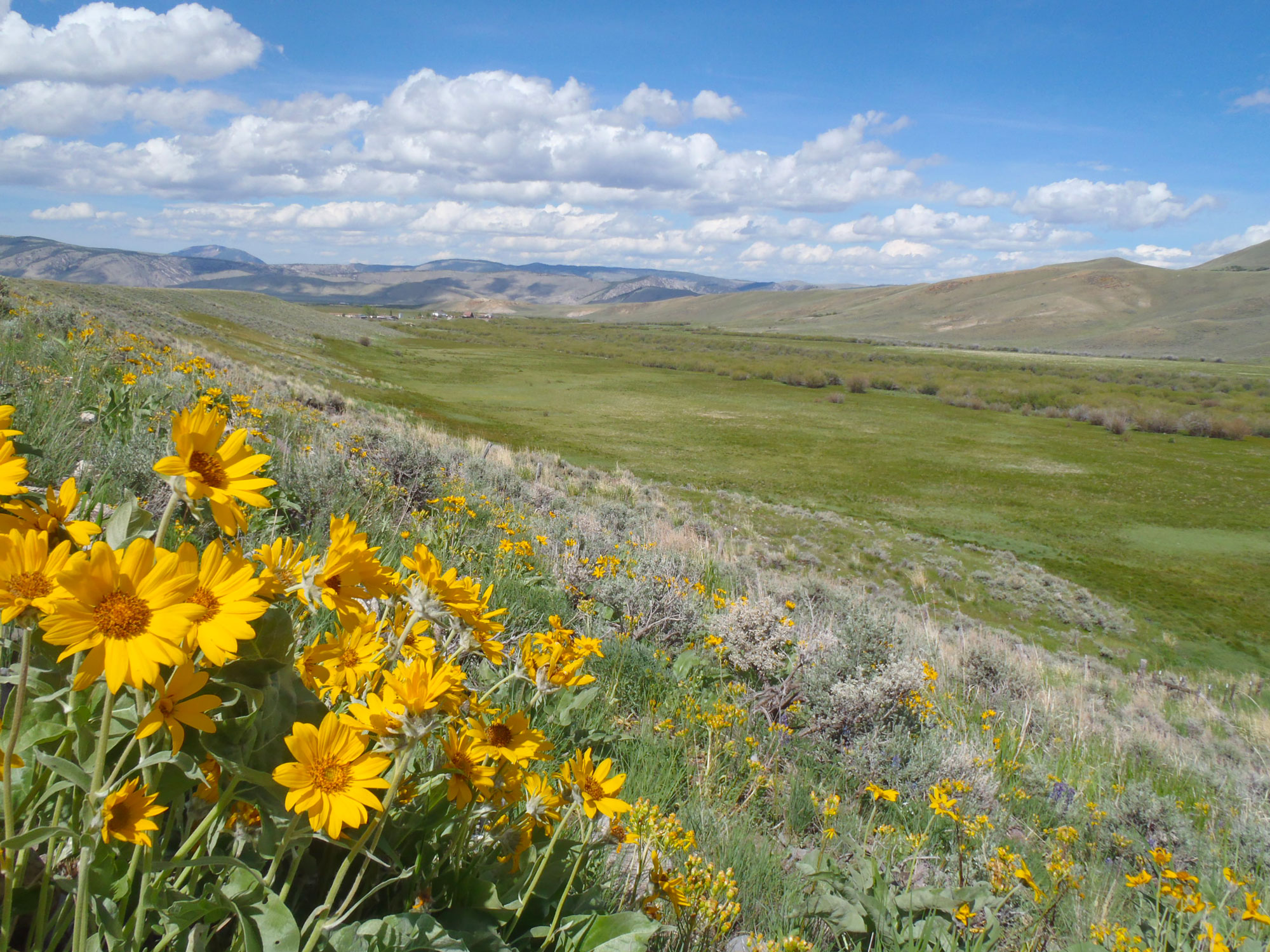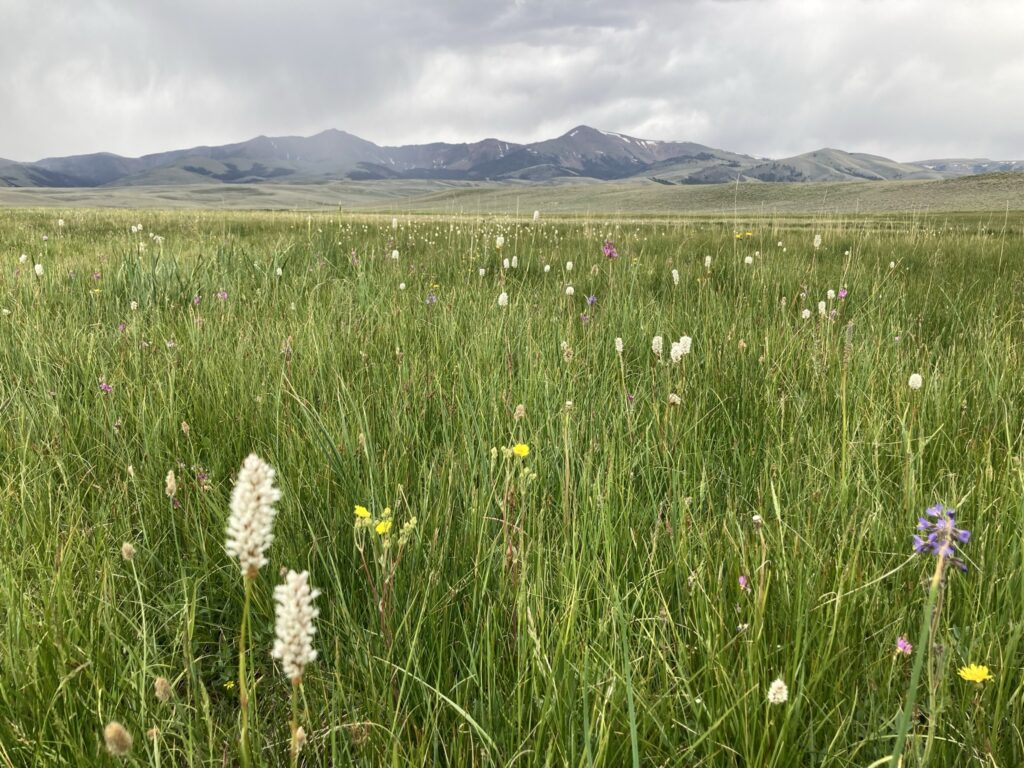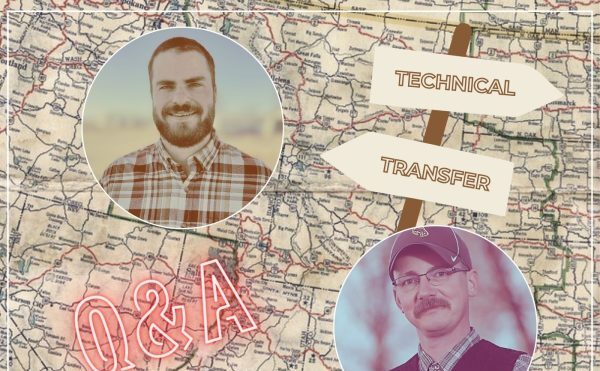
Supporting our Partners in Science-Driven Conservation and Restoration
integrating science
To bridge the gap between science and implementation, we use technical transfer. Technical transfer is a collaborative, participatory practice that supports the integration of relevant science, data, technology, and practices into natural resource management decisions and actions. When done successfully, technical transfer facilitates the adoption of practices that strengthen on-the-ground outcomes of management activities.

what we provide
Technical Support
Our team conducts one-on-one sessions, webinars, workshops, and more to help practitioners understand and integrate science in ways that further conservation efforts.
Science Synthesis
We filter and distill the most actionable information and best practices from a wide body of knowledge to integrate across cutting-edge science into conservation policy, planning, and implementation.
Spatial Prioritization and Decision Support
We help conservation professionals and land managers apply maps and other spatial prioritization tools to their work to make conservation decision-making focused and strategic.
Science Communications
We work closely with our Communications Team to make science easy for practitioners to understand and apply to their work.
Science Co-Production
We coordinate and facilitate collaborative efforts with scientists and researchers from multiple organizations to ensure science supports the needs of managers and is put to work on the ground.
BUILD YOUR SKILLS IN TECHNICAL TRANSFER WITH THE SAGEBRUSH TECHNICAL NETWORK

The Sagebrush Technical Transfer Network develops resources, hosts trainings, and facilitates a professional network to support and strengthen technical transfer work.
Explore Latest Resources
View all resources
Resilient Landscapes Resource List
Find More Sagebrush Conservation Resources Below Guiding Strategies and Frameworks The resources…

Wetland Evaluation Tool
ABOUT THE WETLAND EVALUATION TOOL (WET) To understand how wetland drying is…

One-Stop-Shop for Zeedyk Resources
As wet meadows restoration efforts grow, managers and implementers need to access…

Q&A: A Roadmap for Technical Transfer
Scroll to view this storymap, or see it full size here.

Low-Tech Methods to Promote Healthy Streams and Meadows: A Factsheet
Learn about simple, low-tech methods that help promote healthy streams and meadows…

New Report: Improving Climate Resilience of Persistent Pinyon-Juniper Woodlands
As climate change increasingly shapes western ecosystems—with events from frequent and severe…